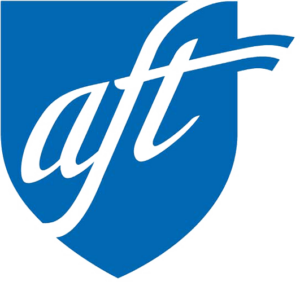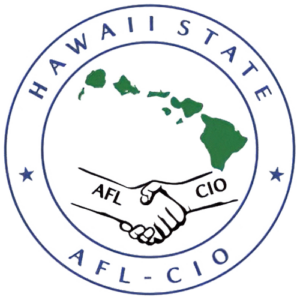Solving State’s Budget Crisis Requires Multi-faceted Solution
As with most challenging situations, there are no simple answers. Solving our state’s current budget crisis requires a thoughtful approach that creates the least harm and the most benefit for our community in both the short and long term.
That was the consensus of four notable economists who recently shared their views and solutions to the State’s budget shortfall at a special forum titled, “Save Our Essential Services,” sponsored by PHOCUSED (Protecting Hawaii’s Ohana, Children, Under Served, Elderly and Disabled). The event, held at the Hawaii State Capitol auditorium on Wednesday, March 10, provided a macro-economic perspective by showing how different factors and every decision made by the State affects the entire economy.
“When we talk about cuts or raising taxes, the calculus has to take into account the long-term costs and benefits,” said Paul Brewbaker of TZ Economics and former chief economist of Bank of Hawaii, who was joined by other leading economists Bill Boyd, Gerald Russo, and Byron Ganges. “We when cut social services, we will pay later in economic and human costs.”
Through bar charts, Brewbaker documented how Hawaii’s gross domestic product (GDP) as measured by consumer spending, began to drop from the fall of 2008. “People weren’t buying and companies weren’t investing in their operations. Decreased retail consumption down and the increased savings rate intensified the recession,” he said.
Multi-pronged Approach Necessary
The economists showed how attempting to implement one-dimensional initiatives to resolve the budget issue such as reducing budgets for State programs can actually bring about more harm than good.
“Budget cuts affect tax revenues for the State,” said Bill Boyd, economics professor at University of Hawaii-West Oahu. “Cuts affect economic growth and results in more claims for unemployment funds and claims for assistance such as welfare.”
Boyd recommended doing as little harm as possible by, in order of preference, tapping into surplus funds such as the state’s hurricane fund or rainy day fund, increasing taxes and implementing spending cuts.
Budget Cuts have Large Multiplier Effect
Byron Ganges, economics professor at the University of Hawaii-Manoa, concurred with a multi-pronged approach but noted that budget cuts alone do not solve the problem and in fact, exacerbates Hawaii’s economic condition. He noted that deep cuts on public sector spending have a large “multiplier effect” on Hawaii’s overall economy, including layoffs and cuts to State worker income that results in reduced spending because of smaller pay checks.
“With the high cost of more program cuts and unemployment, the State can close its budget gap through a combination of temporary increases in taxes and the use of special funds,” Ganges said.
Income Tax Increase for Higher Income Households
Ganges offered strong justification for his recommendations. He said that appropriate tax increases that fall in part on higher-income households would likely have a smaller adverse effect than a comparable spending or employment cut. He said the multiplier effect would be smaller because those families could reduce savings and would not need to cut back on spending as dramatically.
During his presentation, he quoted Nobel Laureate Joseph Stiglitz and co-author Peter Orszag, now President Obama’s budget director, who said that “tax increases on higher-income families are the least damaging mechanism for closing state fiscal deficits in the short run.”
Temporary GET Increase
Ganges also said a relatively small increase in the general excise tax would be a way to raise significant revenue for the State, and pointed out that concerns about regressivity, or disproportionately burdening lower-income taxpayers, could be addressed through credits or exemptions.
Making tax increases a temporary measure for a one- or two-year period would help to make it more acceptable and reduce disincentives. “People are OK with temporary increases, but resist permanent increases,” Ganges said.
He said about 38 percent of the GET burden is “exported” to visitors. He said an increase in the transient accommodations tax, enacted in 2009, is another way of exporting the tax burden.
Tapping Special Funds Least Disruptive
Finally, he said the use of existing government special funds is the only action that does not adversely affect the economy. “It makes sense to draw on special funds where possible to get through the current downturn,” Ganges said.



